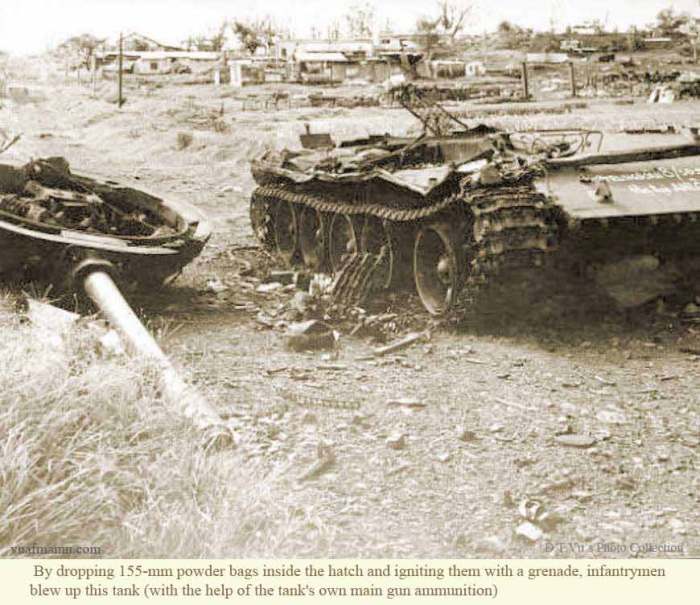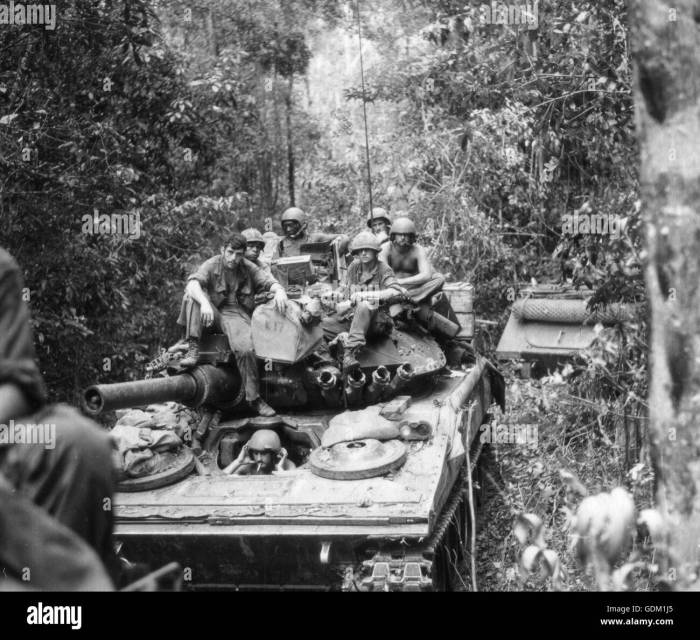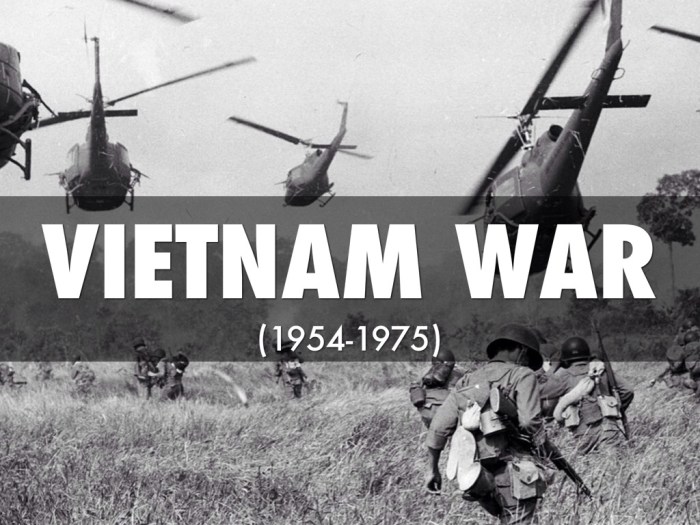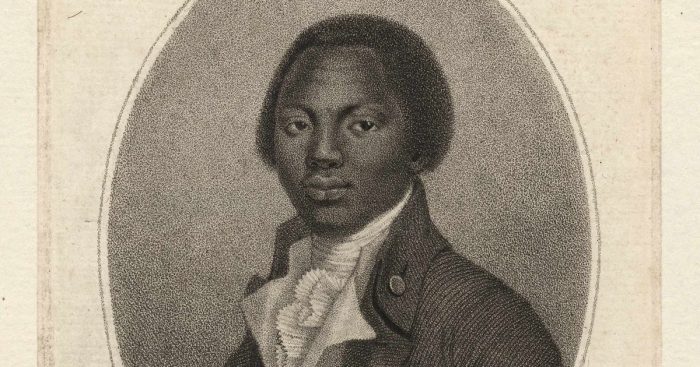Guided reading activity the vietnam war 1954 to 1975 answers – Embark on an illuminating journey through the Guided Reading Activity: The Vietnam War (1954-1975) – Answers Unveiled. This comprehensive guide delves into the intricacies of this pivotal conflict, providing a thorough understanding of its historical context, key events, and lasting impact.
Prepare to navigate the complexities of the Vietnam War, unraveling its historical significance and deciphering the reasons behind its escalation and eventual resolution. Immerse yourself in the perspectives of both supporters and opponents, gaining a nuanced comprehension of the war’s profound impact on Vietnam, the United States, and the global landscape.
Overview of Guided Reading Activity
Guided reading is a structured approach to reading that helps students develop their comprehension and critical thinking skills. In this activity, students will engage with a text about the Vietnam War (1954-1975) and answer questions that guide their understanding of the topic.
The specific objectives of this activity are to:
- Enhance students’ knowledge of the historical events leading up to and during the Vietnam War.
- Develop their ability to analyze primary and secondary sources to form their own interpretations of the conflict.
- Foster critical thinking skills by encouraging students to evaluate different perspectives and arguments related to the war.
Historical Context of the Vietnam War: Guided Reading Activity The Vietnam War 1954 To 1975 Answers
The Vietnam War was a complex and protracted conflict that had its roots in the Cold War and the post-colonial era. After the defeat of the French in 1954, Vietnam was divided into two separate states: North Vietnam and South Vietnam.
The conflict was shaped by major political and ideological factors, including:
- The spread of communism in Southeast Asia and the fear of its expansion by the United States and its allies.
- The desire of the Vietnamese people for independence and reunification.
- The intervention of foreign powers, including the United States, the Soviet Union, and China.
Key Events and Turning Points
The Vietnam War was marked by several key events and turning points:
- Gulf of Tonkin Incident (1964):This alleged attack on American ships led to the escalation of U.S. involvement in the war.
- Tet Offensive (1968):A major offensive by North Vietnam that surprised the United States and turned public opinion against the war.
- My Lai Massacre (1968):The killing of hundreds of unarmed Vietnamese civilians by American soldiers, which became a symbol of the atrocities committed during the war.
- Paris Peace Accords (1973):An agreement between the United States and North Vietnam that ended the U.S. involvement in the war.
- Fall of Saigon (1975):The capture of the South Vietnamese capital by North Vietnamese forces, marking the end of the war and the reunification of Vietnam.
U.S. Involvement and Escalation
The United States became increasingly involved in the Vietnam War over time. The Kennedy administration initially provided military and economic aid to South Vietnam, but the Johnson administration escalated the American presence with the deployment of combat troops.
The reasons for the escalation of American involvement included:
- The fear of the spread of communism in Southeast Asia.
- The belief that South Vietnam was a key ally in the Cold War.
- The desire to prevent a humiliating defeat for the United States.
The escalation of American involvement had significant consequences, including:
- The loss of American lives and resources.
- The devastation of Vietnam.
- The growing anti-war movement in the United States.
Anti-War Movement and Public Opinion

The Vietnam War sparked a growing anti-war movement in the United States. The movement was fueled by a variety of factors, including:
- The increasing body count of American soldiers.
- The revelation of atrocities committed by American troops.
- The belief that the war was unnecessary and unwinnable.
The anti-war movement had a significant impact on public opinion. Polls showed that a majority of Americans opposed the war by the late 1960s.
Tet Offensive and the Turning Point

The Tet Offensive was a major turning point in the Vietnam War. The offensive was launched by North Vietnam in January 1968 and caught the United States and South Vietnam by surprise.
The Tet Offensive had a significant impact on the war:
- It showed that the United States and South Vietnam could not win the war militarily.
- It turned public opinion in the United States against the war.
- It led to the resignation of President Lyndon B. Johnson.
Negotiations and Peace Accords
The United States and North Vietnam began peace negotiations in 1968. The negotiations were long and difficult, and there were several setbacks along the way.
The major obstacles to peace included:
- The unwillingness of the United States to withdraw its troops from Vietnam.
- The demand of North Vietnam for a complete withdrawal of American forces and the overthrow of the South Vietnamese government.
- The intervention of other countries, including the Soviet Union and China.
Despite the challenges, the United States and North Vietnam eventually reached a peace agreement in 1973. The Paris Peace Accords called for a ceasefire, the withdrawal of American troops, and the establishment of a coalition government in South Vietnam.
Impact and Legacy of the War

The Vietnam War had a profound impact on the United States, Vietnam, and the world.
The war had the following immediate consequences:
- The loss of over 58,000 American lives.
- The deaths of millions of Vietnamese civilians.
- The devastation of Vietnam’s environment.
The war also had a significant long-term impact:
- The United States lost its faith in its ability to intervene in foreign conflicts.
- Vietnam was reunified under communist rule.
- The war had a lasting impact on the relationship between the United States and Vietnam.
General Inquiries
What was the significance of the Tet Offensive?
The Tet Offensive was a major turning point in the Vietnam War. It demonstrated the resilience and determination of the Viet Cong and North Vietnamese forces, despite the overwhelming military superiority of the United States. It also eroded public support for the war in the United States and contributed to the eventual withdrawal of American troops.
What were the key factors that led to the escalation of American involvement in the Vietnam War?
The escalation of American involvement in the Vietnam War was driven by a complex interplay of factors, including the domino theory, the Cold War rivalry with the Soviet Union, and the desire to contain the spread of communism in Southeast Asia.
Additionally, domestic political pressures and the influence of the military-industrial complex also played a significant role.
What were the main arguments of the anti-war movement in the United States?
The anti-war movement in the United States argued that the Vietnam War was immoral, unjust, and counterproductive. They opposed the war on moral grounds, arguing that it was causing unnecessary suffering and death. They also argued that the war was based on false pretenses and that it was unlikely to achieve its stated goals.
